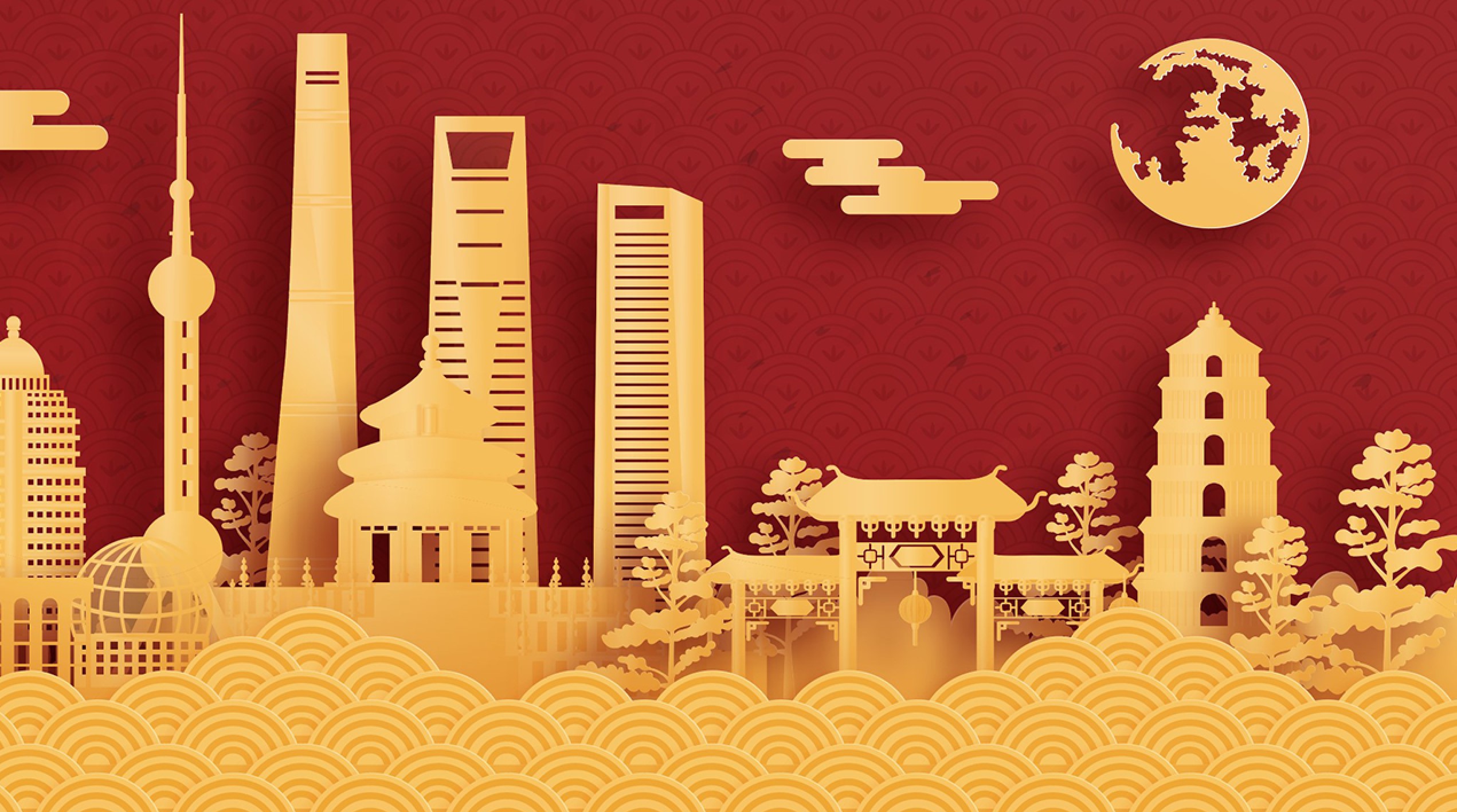The recovery of China’s tourism industry in late summer has exceeded most expectations. First came self-driven sojourns to nearby destinations, next it was inter-provincial travel which began in mid-July. Hotel occupancy crossed the vital 50 percent threshold in mid-June, domestic flights are set to recover by the end of September, and tickets for high speed trains are regularly selling out; all excellent signs for an industry that has experienced a bruising 2020.
With October’s Golden Week approaching and domestic confidence rebounding, China’s $1 trillion tourism industry is anticipating the biggest windfall in nearly a year.
JT’s Managing Editor, Peter Huang, connected with Sienna Parulis-Cook, Dragon Trail Interactive‘s Associate Director of Communications to talk over this optimistic moment for China’s tourism industry and discuss what can be learned by overseas tourism stakeholders.
To begin, what’s the state of China’s tourism market right now?
Chinese domestic tourism is doing well – flights and hotel bookings are almost back to normal, and some hotels in China actually made more money over the summer of 2020 than they did for the same period in 2019. Tours are going to come back more slowly, but may potentially never reach the levels where they were before. Inter-provincial group tourism has only been allowed again since mid-July and there’s been a very sharp swing in market preference away from traditional group tours and towards FIT and private groups.
What should we expect over the last quarter of 2020?
There’s been some “revenge travel” especially from younger travelers and the upcoming eight-day October holiday should be very fruitful. Many high-speed train tickets for the holiday period sold out as soon as they went on sale, and there will be more than 1,000 additional flights added during that week to bring domestic tourists to the island province of Hainan alone.
What about international travel?
That’s the big question now. From the end of September, all mainland Chinese will be able to visit Macau as tourists, so that’s the first step. Later in the year, I’d keep an eye on Hong Kong and Japan.
What should Western companies know about the role of government policy in China’s domestic recovery?
There have been a lot of very good initiatives from municipal tourism boards in China, or even on a smaller level, city district tourism boards. On a bigger scale, the Chinese government’s effective virus control methods, from lockdowns to QR health codes to extensive testing, have allowed for tourism to come back.
Aside from a competent government response to COVID-19, what has driven this tourism recovery?
I think the key factors are creativity, innovation, and partnerships across different sectors of the travel industry. The domestic tourism recovery didn’t happen overnight. China’s whole tourism industry, from online travel agencies (OTAs) to airlines to hotels to government tourism bureaus started in late March and kept on going. By summer, we were beginning to see results. Live streaming has been essential to the regeneration of China’s domestic tourism market, as well as other creative promotions that allowed the industry to make much-needed funds in a period of crisis.
What are some key distinguishing factors of China’s travel landscape?
The OTAs in China, particularly Ctrip/Trip.com Group really took the lead in driving recovery efforts in a way we haven’t seen yet in other countries. Then there’s live streaming, I’m not sure if it is ever going to take off for western audiences the way it has for Chinese, but more and more Western destinations are now doing live streaming to attract future Chinese visitors.
Join Jing Travel and Dragon Trail Interactive on Wednesday, September 16 at 12pm EST for a webinar about how China’s domestic travel brands kept visitors engaged during lockdown, enticed them to start traveling again, and used digital solutions to manage traveler safety and comfort.



